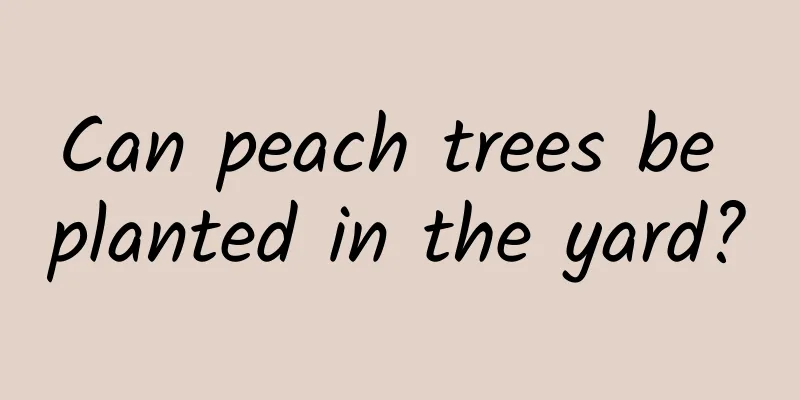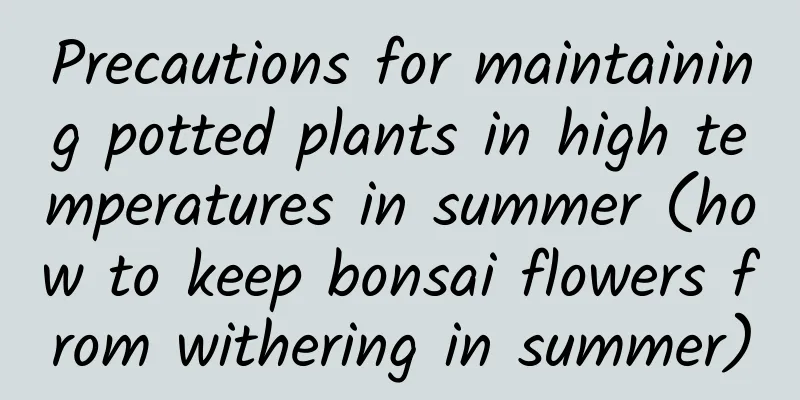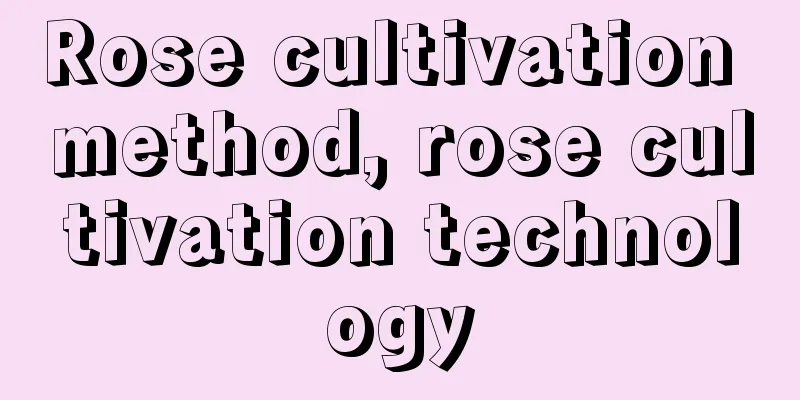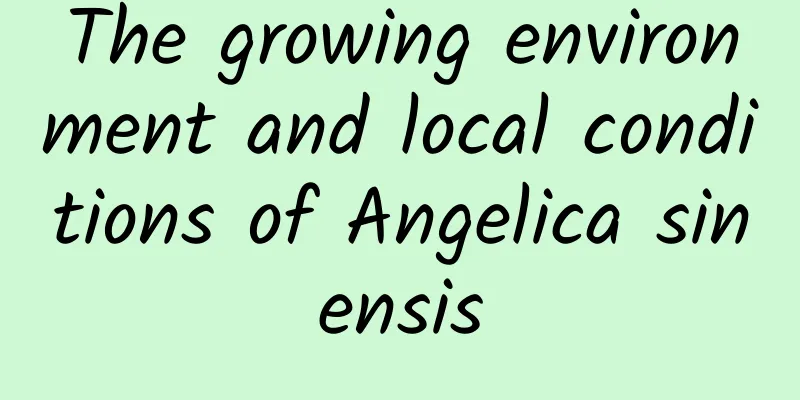Vegetable planting management guide in November
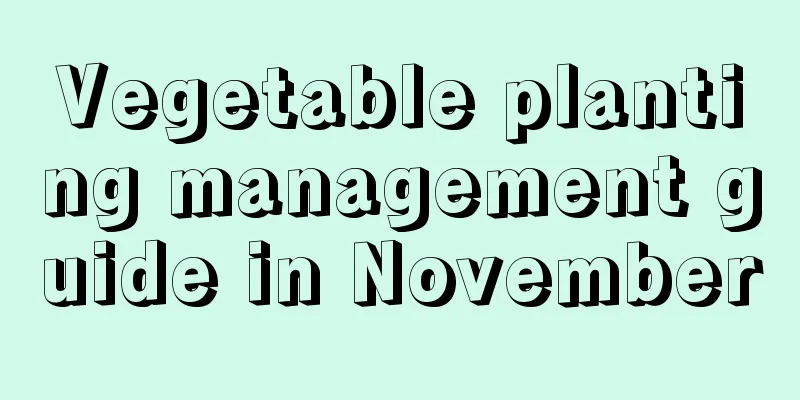
|
November is the transition period from late autumn to winter. The temperature gradually drops and the rainfall decreases. This month is crucial for vegetable planting and management. So what specific management work should be done? Let’s take a look at the vegetable planting management guide for November. 1. Harvesting and planting Late October to early November is the best harvesting period for most autumn-planted vegetables, such as cabbage, radish, carrots , etc. They should be picked in time to avoid frost damage. For vegetable gardens that are idle after the harvest, you can consider planting some cold-resistant "winter vegetables" such as spinach, cabbage, mustard , etc. 2. Insulation measures For vegetables that are not cold-resistant, insulation measures should be taken in time when the temperature drops in November. Greenhouses can be built in the north. The walls of the greenhouse must have good thermal insulation properties, and the general wall thickness is about 1-1.2 meters. In the south, you can use a small arch shed. The frame of the arch shed can be made of bamboo or metal and covered with plastic film. 3. Fertilizer and water management In November, the temperature drops, the growth rate of vegetables slows down, and the demand for fertilizer and water decreases. Generally, watering can be done according to the type of vegetables and soil moisture. In places with heavy rain, attention should also be paid to drainage and waterlogging prevention. In addition, phosphorus and potassium fertilizers can be applied in appropriate amounts in combination with watering to promote the development of vegetable root systems and enhance cold resistance. 4. Environmental Control (1) Temperature: Maintain the temperature within a range suitable for vegetable growth, 15°C-20°C during the day and not less than 5°C at night. Take heating measures if necessary. (2) Humidity: Provide adequate ventilation and control humidity to avoid the occurrence of diseases. (3) Light: Increase artificial lighting to ensure that plants receive sufficient light, especially in winter when sunlight is insufficient. 5. Pest and disease control First, it is necessary to remove withered plant debris in a timely manner to reduce the source of pests and diseases. Secondly, it is necessary to use environmentally friendly biological agents or chemical pesticides in a timely manner to control possible pest and disease problems. The key pests and diseases that need special attention include downy mildew of cruciferous vegetables, lettuce, and spinach; wilt, downy mildew, and powdery mildew of greenhouse cucumbers; leaf mold and gray mold of tomatoes; aphids, diamondback moths, and American leafminers, etc. The above is an introduction to the vegetable planting management guide for November. Specific adjustments can be made based on actual planting conditions. Through reasonable arrangements and careful care, we can ensure the healthy growth of vegetables and a bountiful harvest even in the cold winter.
|
<<: How many days does it take for spinach to sprout?
>>: Can sprouted ginger be grown hydroponically?
Recommend
What to do if the camellia leaves have fallen off
1. Stable environment Some people will suddenly a...
How to prune Kalanchoe and when to top it
1. Pruning method 1. Pruning time: If the plant h...
How to grow a 10-meter-long green radish and asparagus fern?
10-meter-long asparagus fern While you are still ...
Which month has the highest survival rate for transplanting kiwifruit? The best time to plant kiwifruit
Kiwi fruit, also known as fox peach, is native to...
How to grow Schefflera in autumn
1. Maintenance methods 1. Light: Although you can...
The difference between Andrographis paniculata and Panax notoginseng
1. Basic characteristics 1. Andrographis panicula...
Only grow these two kinds of "flowers" in winter, especially the second one, which can survive at minus 8 degrees Celsius
1. Schlumbergera When choosing soil for growing C...
What should I do if the leaves of Australian cedar turn yellow and dry?
Australian fir is a popular ornamental tree in th...
Rose Flower Language
1. Flower Language Roses represent love and are u...
The role of water banana
The ornamental effect of water banana The leaves ...
How to plant rich grass
Growth habit Pachysandra pachysandra is not only ...
Can Astragalus be soaked in water with American ginseng? What are the effects of soaking Astragalus and American ginseng in water?
1. Can we drink water together? Astragalus and Am...
Cultivation methods and precautions of Xanthoceras sorbifolia
Cultivation methods and precautions of Xanthocera...
Common diseases and prevention methods of honeysuckle
The main diseases and pests of honeysuckle are br...
How long does it take for succulent cuttings to take root and sprout? When is the survival rate of cuttings high?
Rooting time of succulent cuttings Succulent cutt...
